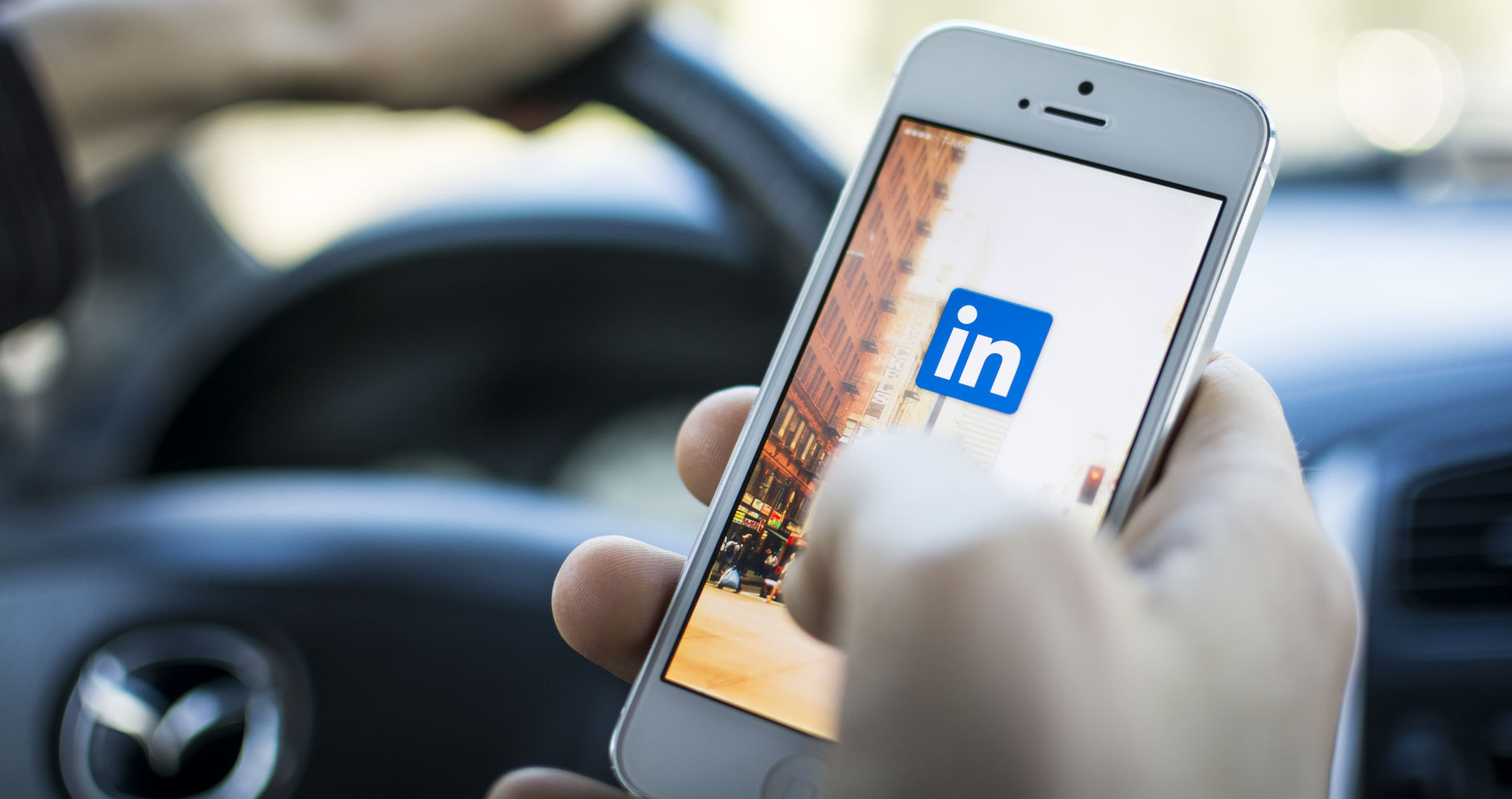
In 2014 alone, there were more than 2 million physicians, mid-levels and nurses on LinkedIn. With LinkedIn’s user base growing by more than 25% since then, there’s no doubt that even more healthcare professionals are leveraging this important social media channel today.
As a healthcare marketer, you may already be familiar with a number of digital advertising platforms that can reach and engage healthcare professionals (HCPs). From web banner advertising to Google AdWords and social media channels, there are a number of ways to target physicians and other HCPs online. If you’re considering new advertising channels, you may want to consider LinkedIn.
Whether you’re a recruiter seeking physicians to place in new roles, a CME professional looking to increase attendance at an upcoming event or conference, or a marketer at a pharmaceutical agency with new drug information, LinkedIn can be an excellent way to target HCPs with your professional content and information.
There are 5 main ways to market and engage HCPs on LinkedIn.
- Sponsored InMails
Sending sponsored InMails (LinkedIn’s terminology for a private message) is the first way you can target HCPs. These messages are similar to emails, sent to your audience of choice only when they’re active on LinkedIn, guaranteeing excellent deliverability. This is a great option when your sales team has had trouble reaching a very specific audience via other forms of communication (e.g. phone or email). - Text Ads
Text ads appear on the top right side of LinkedIn. The name is a bit misleading, as there is an option to add a 50×50 pixel image with your ad. These ads are very brief in nature (think Google AdWords) and are typically used for lead generation purposes. You can either pay on a CPC or cost per impression basis. - Sponsored Content
The third form of advertising on LinkedIn is called sponsored content. These are ads that appear in your audience’s news feed in a similar layout to the organic content that appears. This is the most popular form of LinkedIn advertising, as there is a lot of flexibility in what you advertise, your imagery choices, and the number of characters you have for ad copy. Similar to text ads, you can choose to pay either on a CPC or cost per impression basis. - Dynamic Ads
If you’re more advanced in your digital advertising, you can also leverage LinkedIn’s dynamic ad feature. According to LinkedIn, “Advertisers use this native ad format to create customized creative templates that dynamically populate with profile images and relevant content based on the skills, interests, and career history of the individual member viewing the ad. The content itself is also targeted and optimized based on the contextual elements of the page being viewed, such as companies mentioned.” Dynamic advertising is a great way to personalize your content based on the audience you’re targeting. - Programmatic Display Ads
If you’re a more sophisticated advertiser who already has a relationship with a 3rd party DSP (demand-side platform), you can choose to leverage one of LinkedIn’s newest forms of advertising, programmatic display ads. Based on the specifications given to your DSP, these ads appear automatically on the most highly trafficked LinkedIn pages to maximize your reach.
Leveraging the Right Audience for your Advertisements is Key
Regardless of how you choose to advertise on LinkedIn, every healthcare marketer knows that the key to successful digital advertising is starting with the right audience of HCPs. LinkedIn offers a number of ways to find and target your audience from the general to specific individual level targeting using 3rd party data.
- Audience Builder
You can use LinkedIn’s audience builder to identify the general demographic information that pertains to your audience (e.g. job title, company, seniority, geography, etc.) While this is easy to use and can be a great start for first time LinkedIn advertisers, the disadvantage to this method is that you won’t be sure who you’re actually targeting. - Matched Audience
You can also upload your own list of contacts based on a unique identifier (e.g. email address), and LinkedIn will share how many contacts it was able to match for you. While this method is advantageous to knowing exactly who you’re targeting, you may end up with a small list of contacts if you don’t have a robust database of HCPs associated to individual attributes such as personal or professional email address. On LinkedIn, the smaller the list you target, the more it will cost you to run your ads. - Third Party Data Integration
The final way to target HCPs on LinkedIn is by leveraging third party data through a healthcare data partner, like MedData Group. By working with a data partner, you can choose the criteria of HCPs you want to target based on a large number of professional, demographic and firmographic fields. MedData Group already has the LinkedIn user IDs associated directly to the HCP NPI numbers. Upon arriving at your desired target audience, MedData Group will push the specific group of IDs into your LinkedIn campaign ensuring that you’re not only reaching the exact HCPs you need to reach, but enough HCPs to run a successful campaign.
With a database of over 2 million healthcare professionals filtered by dozens of professional, demographic, firmographic and clinical behavior data, you can work with MedData Group to specify the exact criteria of the HCPs you’re looking to target.
Whether you’re just getting started with LinkedIn or you’re not seeing the results you had hoped for in your campaigns, start by assessing your audience. Contact MedData Group’s sales team today to determine how to leverage our digital IDs for your next digital advertising campaign.
Email [email protected] or call (978)-887-0039.
Signup for New Blog Alerts
[hubspotform portal_id=”3787061″ form_id=”b85e0cd2-6785-4c35-94cc-e90bdcf1e600″ css=””]
